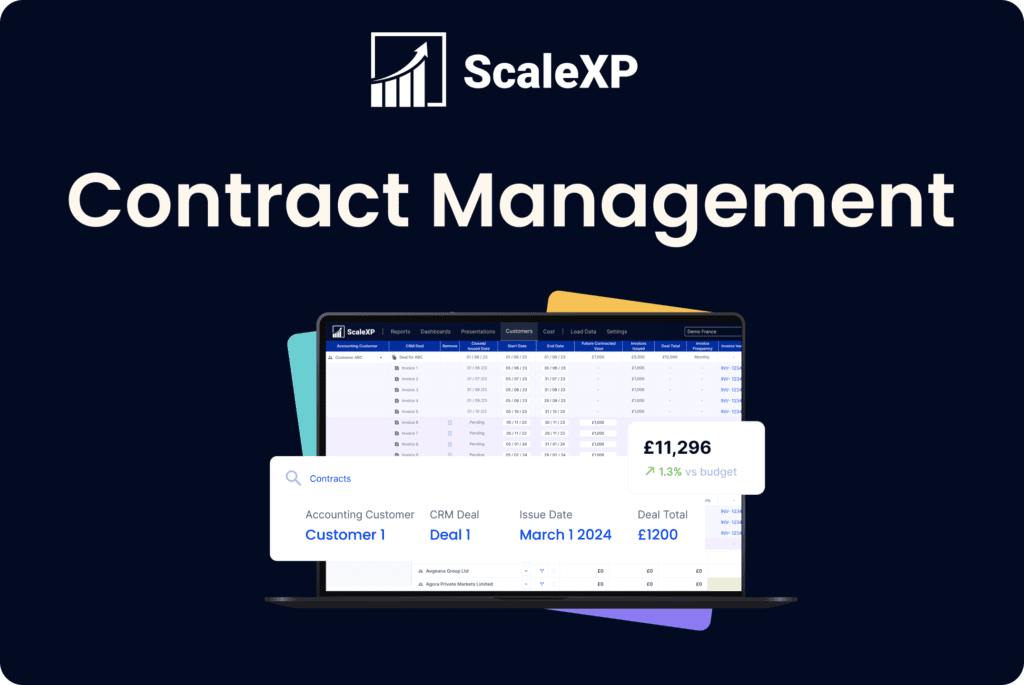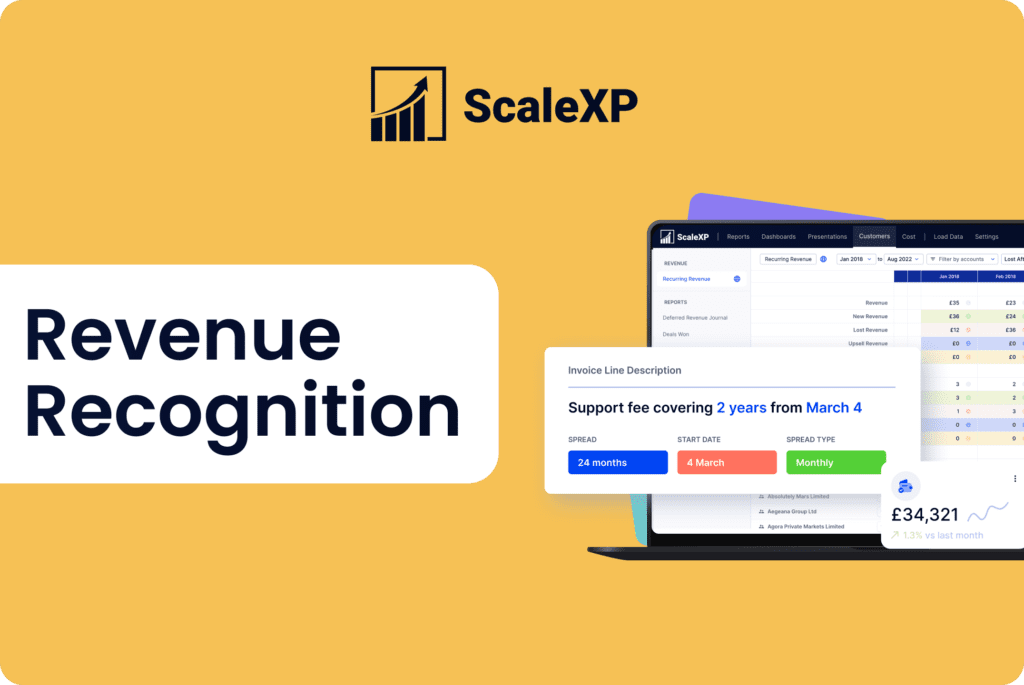For SaaS companies, upfront payments for subscriptions create two accounting entries:
- Assets: Record the total contract value as an asset, reflecting the cash received.
- Liabilities: Record the same amount as deferred revenue, acknowledging you haven’t “earned” it yet by delivering all the services.
This ensures your balance sheet accurately reflects both the cash inflow and the outstanding service obligation.
Introduction
In the fast moving world of Software as a Service (SaaS), managing finances requires a keen understanding of the numbers. One critical aspect that sets SaaS companies apart from traditional businesses is deferred revenue. Understanding deferred revenue is paramount to maintaining accurate financial records and making informed business decisions. Down below, we delve into deferred revenue in a SaaS context and explore how you can effectively manage it.
What is deferred revenue?
Deferred revenue, often referred to as unearned revenue, or deferred income, is a fundamental concept in accrual accounting. It represents the amount of money a company has received from customers for goods or services that are yet to be delivered. For SaaS companies, this typically involves subscription-based models, where customers pay upfront for access to software services over a specific period.
Deferred revenue on the balance sheet
Deferred revenue finds its home on the balance sheet. It’s categorised as a liability, as it signifies the company’s obligation to provide the promised goods or services to customers in the future. Imagine a SaaS company offering an annual subscription plan. When a customer signs up and pays upfront, the revenue generated from the payment is initially recorded as deferred revenue. Over the course of the subscription period, portions of this deferred revenue are gradually recognised as revenue on the income statement.
Managing deferred revenue: The journal entries
Recording deferred revenue involves a series of accounting journal entries to accurately reflect the financial reality. Let’s consider an example:
- Invoice issuance:
– Debit accounts receivable: $12,000
– Credit deferred revenue: $12,000
- Monthly recognition:
– Debit deferred revenue: $1,000
– Credit sales or revenue: $1,000
These journal entries ensure that revenue is recognised in alignment with the delivery of services. However, managing deferred revenue through manual journal entries can be arduous and error-prone.
Managing deferred revenue efficiently with automation
Manual tracking of deferred revenue using spreadsheets can quickly become a nightmare for finance teams. As the number of subscribers grows and subscription plans become more intricate, the complexity of deferred revenue calculations multiplies. Fortunately, modern technology offers a lifeline in the form of automated deferred revenue software such as ScaleXP.
Automated solutions seamlessly integrate with accounting systems like Xero, QuickBooks, and NetSuite, streamlining the entire deferred revenue management process. These platforms not only save time but also enhance accuracy, allowing finance teams to focus on higher-value tasks instead of wrestling with spreadsheets.
The challenge of negative deferred revenue
While negative deferred revenue is a rarity, it can occur under unique circumstances. Imagine a scenario where a customer subscribes to an annual plan, pays the full amount upfront, but later cancels the service and receives a full refund. Temporarily, this could result in a negative deferred revenue balance. However, once all accounting entries are completed, the balance is reset to zero, reflecting the company’s release from its obligation.
Recording deferred revenue before receiving cash
In SaaS, it’s entirely possible to record a deferred revenue before cash is received. This occurs when customers commit to a contract spanning several months and agree to prepay for the service. The deferred revenue is recognised on the balance sheet even if the cash payment hasn’t been received yet, showcasing the future revenue potential.
Conclusion
As the SaaS landscape continues to evolve, managing deferred revenue remains a crucial aspect of financial management. It ensures accurate revenue recognition, aids in making informed decisions, and provides a clearer picture of a company’s financial health. While manual tracking through spreadsheets might have been sufficient in the past, the complexity and scale of modern SaaS operations demand automation.
Platforms like ScaleXP offer a solution to finance teams, empowering them to efficiently manage deferred revenue and focus on driving the company’s growth. By embracing automated solutions, SaaS companies can streamline their operations, enhance accuracy, and ensure compliance with accounting standards. So, whether you’re an established SaaS player or just setting foot in the industry, mastering deferred revenue is a key step toward financial success.
Find out more about how ScaleXP can help your team by booking your free demo here.
Check out more from ScaleXP

How to automate prepaid expenses
Automating prepaid expenses, the costs a business pays upfront for future goods or services, not only saves time but also

How to automate Hubspot invoicing in QuickBooks
Easily invoice Hubspot deals in QuickBooks using ScaleXP Looking to streamline your invoicing process between HubSpot and QuickBooks? If your

Revenue recognition automation
Revenue recognition: a guide Revenue recognition is a crucial aspect of financial reporting, ensuring that companies accurately reflect their earned




